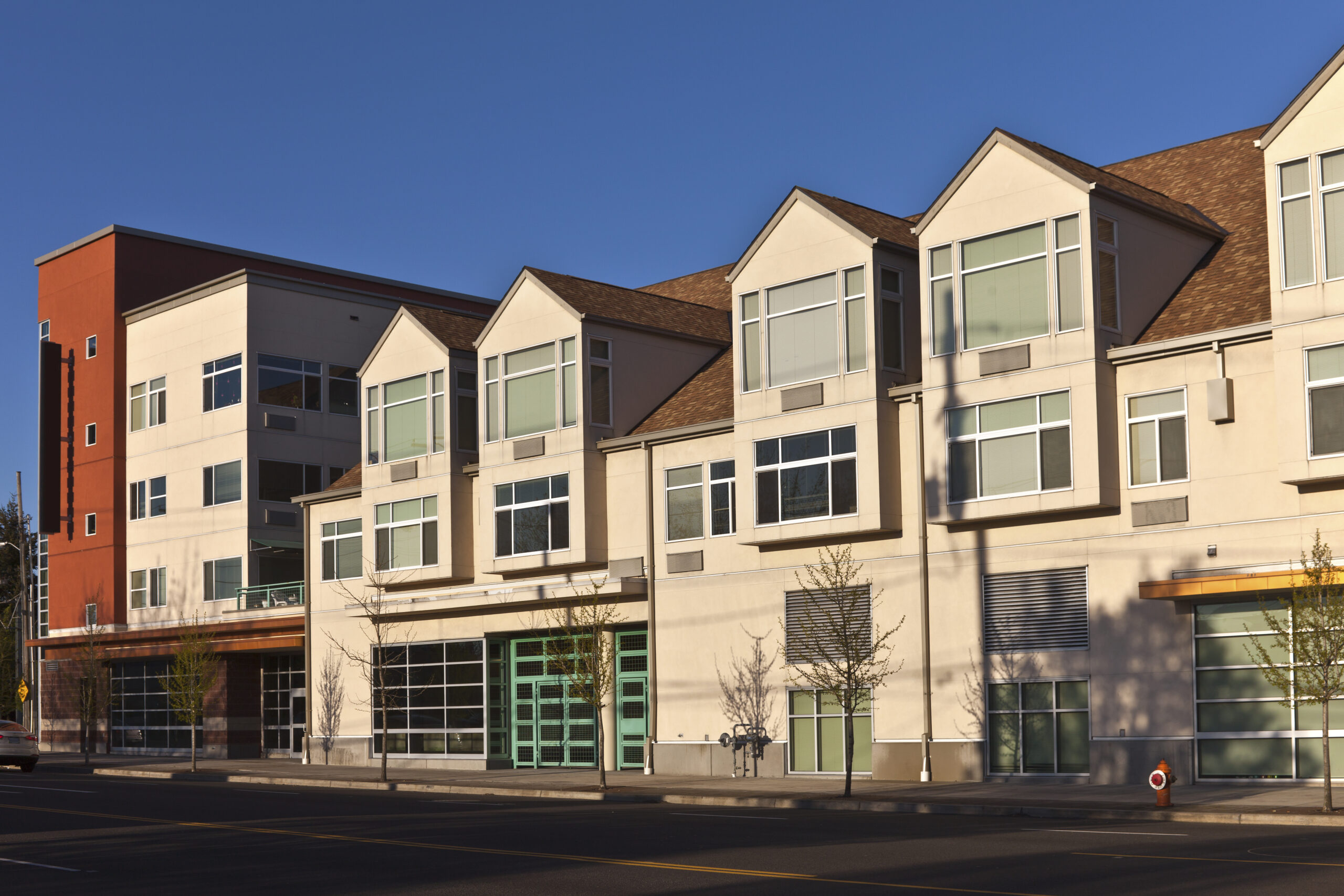Reading time: 5 minutes
In a decision that could have sweeping implications for senior housing projects, the City of Portland, Oregon, recently issued a decision that will significantly expand where developers can site their projects and clarify the type of findings the City must make to allow projects to move forward.
Historically, Portland barred senior housing from single-family neighborhoods and restricted it to higher-density residential and commercial zones. This forced developers to compete for a limited land supply against the development of multifamily (generally seen as a more stable asset class) and hospitality (which can be more lucrative) projects. Where the City permitted senior housing in lower-density residential zones, it strictly limited builds to 3,500 square feet. However, because of the onsite amenities and operational space needed for senior housing, this square footage cap served as a de facto iron-clad gate that prevented the overwhelming majority of developers from submitting deal term sheets, let alone land use applications.
If a developer wanted to build a facility that exceeded the square footage cap, they needed to obtain conditional use approval from the City. This required jumping through complex land use entitlement hoops and convincing city planners to make findings that the proposed buildings and uses were compatible with existing neighborhood character. Astute NIMBY activists who wanted to prevent the construction of senior housing were generally able to frustrate proposals, either by successfully crafting a complex narrative around “character” that the builder could not satisfy or by filing a series of appeals that cost projects tens – if not hundreds – of dollars defending against the attacks.
All this changed in July 2023 when a City of Portland Hearings Officer took a hacksaw to the City’s conditional use requirements as applied to senior housing. The Hearing Officer sided with the housing project applicant that the requirements for the project, namely that it would not “lessen residential appearances” or “have significant adverse impacts” on nearby properties, was wholly inconsistent with Oregon law. Specifically, the Hearings Officer found that ORS 197.307(4) [1] limited the City’s ability to apply any conditions on the proposed project that were not “clear and objective.” The Officer effectively exempted senior housing from four of the five required findings under the City’s conditional use ordinance.
Known as the needed housing statute, the “clear and objective” requirement has been on the books in its current form since 2017 but has seen little application for two primary reasons. First, jurisdictions argue that their codes are clear and objective. Second, developers want to maintain relationships to keep their projects moving forward, so rarely push back.
However, recent decisions from Oregon’s Land Use Appeals Board and Court of Appeals have found that using “clear and objective” standards is a requirement, and communities cannot reject plans on a subjective basis. Projects can no longer be exempted by appealing to comprehensive plans, which tend to be quite general, or “existing community characteristics.”
This shift in thinking results from a sustained housing crisis that has plagued Oregon since the Great Recession and gone into overdrive following the COVID-19 pandemic. Oregon is currently short several hundred thousand units of housing, a number that continues to grow as development fails to keep pace with demand. In response, the State legislature has taken up housing packages the past several sessions and passed bills to legalize missing middle housing, permit greater subdivision of land, remove local poison pills related to the adaptive reuse of older commercial buildings into residential units, and allocate tens of millions of dollars to affordable housing. Additionally, some local jurisdictions have been more willing to acknowledge that their regulations fail the clear and objective test and serve to block more housing.
The Hearings Officer’s recent decision caused considerable consternation in some neighborhoods. Why, they asked, would the City require a developer to submit an application and provide recommended findings for requirements that were not even applicable to the project? What about community character? Don’t they have a say in the development of their neighborhood? The City does not have a satisfactory answer to these questions and now finds itself in the unique position of requiring applicants to host public meetings and community discussions on topics no longer applicable to their projects.
While the decision did not fully exempt all senior housing projects from the conditional use process, it greatly expanded where builders can site their projects. It opens up huge swaths of land that previously permitted only large single-family homes. Hopefully, this will reshape how developers approach senior housing in Portland and spur the creation of this critically needed housing type.
______________________________________________________
Ezra Hammer is a land use attorney with the Portland law firm Jordan Ramis, PC. You can reach him at ezra.hammer@jordanramis.com.
[1] ORS 197.307(4) states in pertinent part, that “a local government may adopt and apply only clear and objective standards, conditions and procedures regulating the development of housing, including needed housing. The standards, conditions, and procedures:
(a) May include, but are not limited to, one or more provisions regulating the density or height of a development.
(b) May not have the effect, either in themselves or cumulatively, of discouraging needed housing through unreasonable cost or delay.
